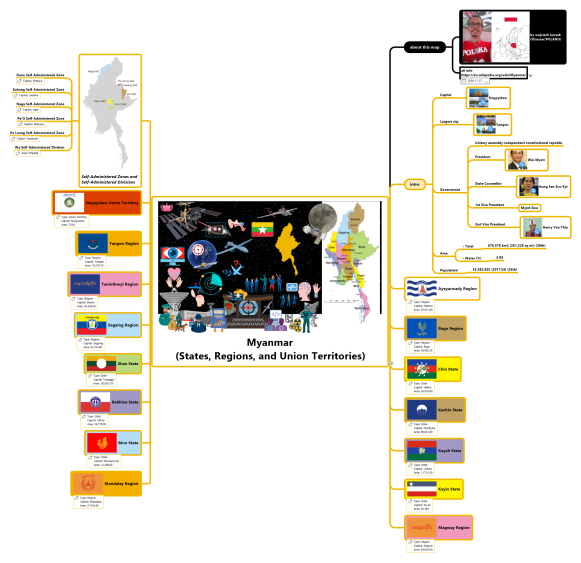

In order to display spatial information in its correct location on the planet, this data must be assigned a projection which is comprised of a coordinate system and datum. A Bit on the Universal Transverse Mercator Coordinate Systemīefore we jump into the various ways you can determine a UTM zone, let’s very briefly cover the topic of spatial projections.

With this in mind, for the October Geospatial Tip of the Month (GTM) I offer four ways to determine the UTM zone number of a spatial file. And while projected coordinates systems are typically preferred to a geographic system, you often need to know their zone number to load them quickly in various software applications you also need to know the zone number if you wish to reproject a spatial file in an alternate projection into UTM. The vast majority of the order polygons we are sent and then the data we deliver here at Apollo Mapping is in a projected coordinate system such as Universal Transverse Mercator (UTM).


 0 kommentar(er)
0 kommentar(er)
